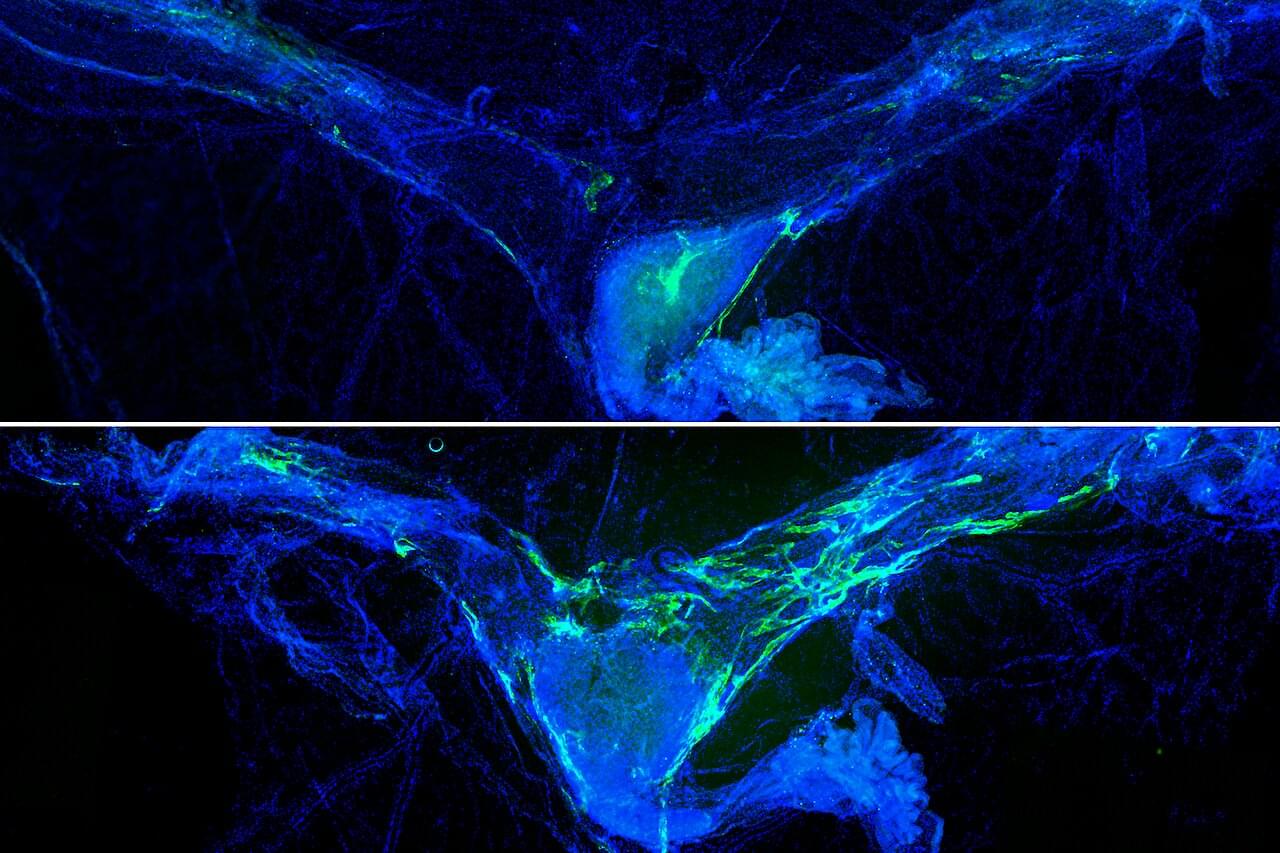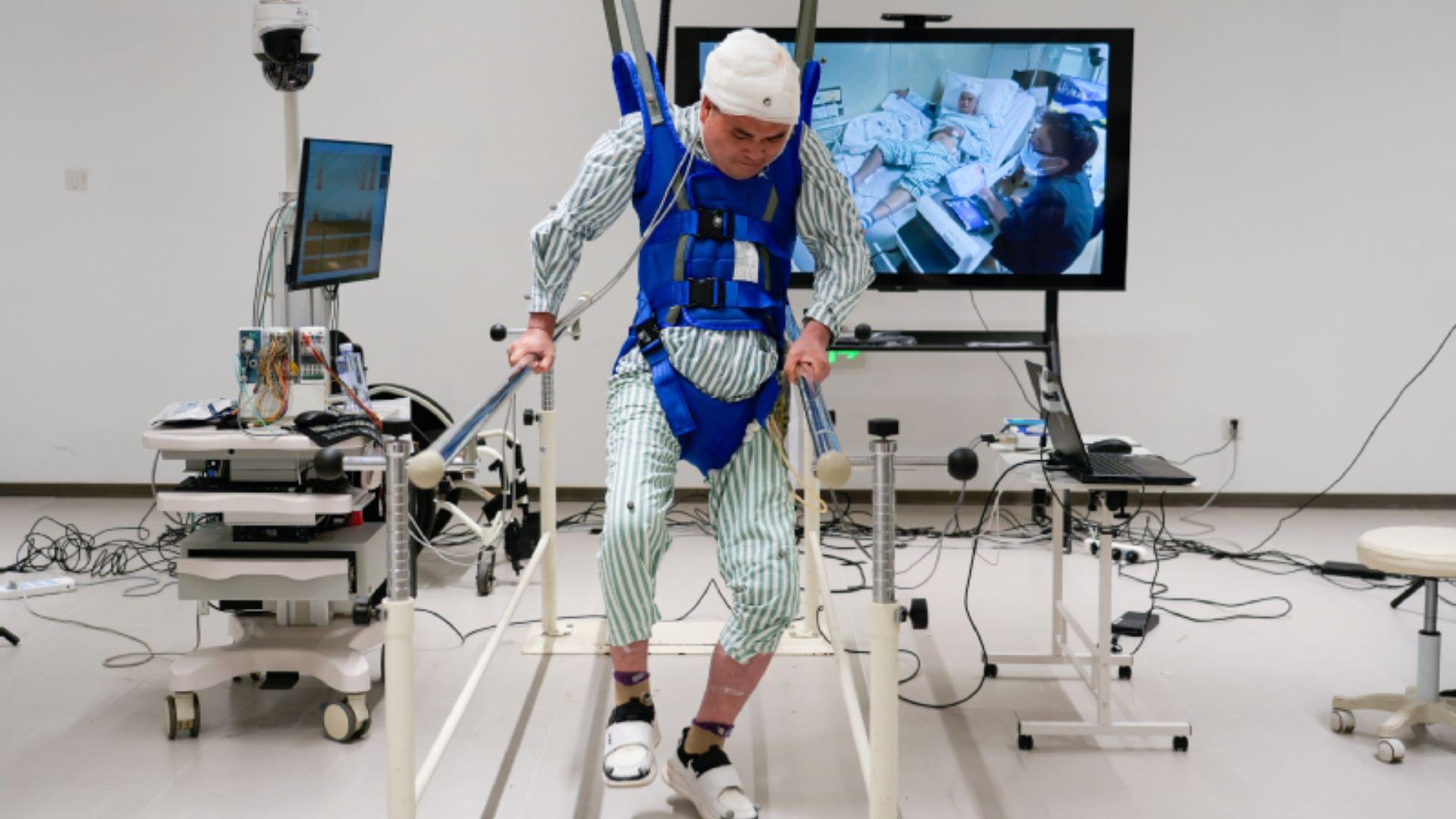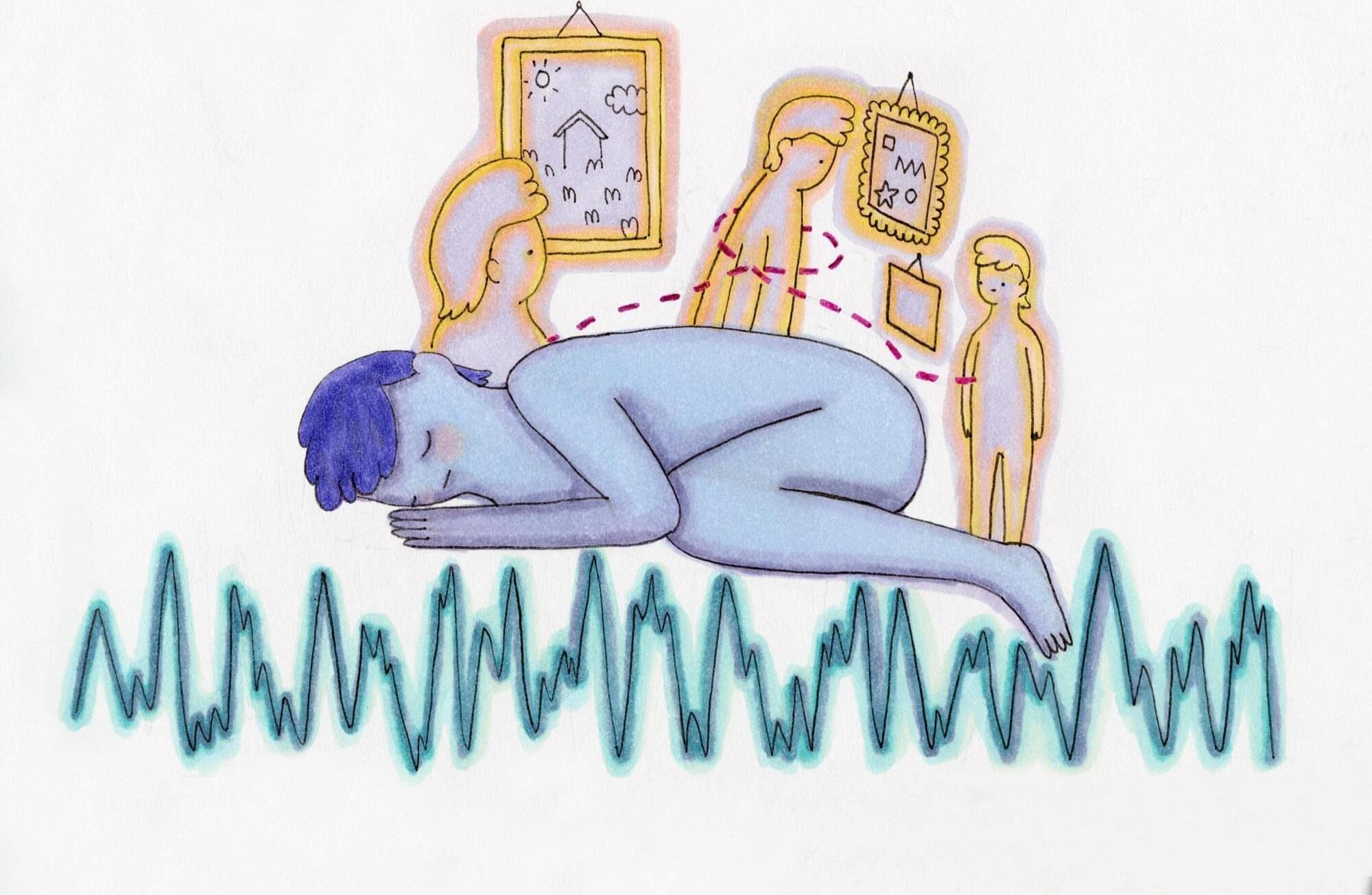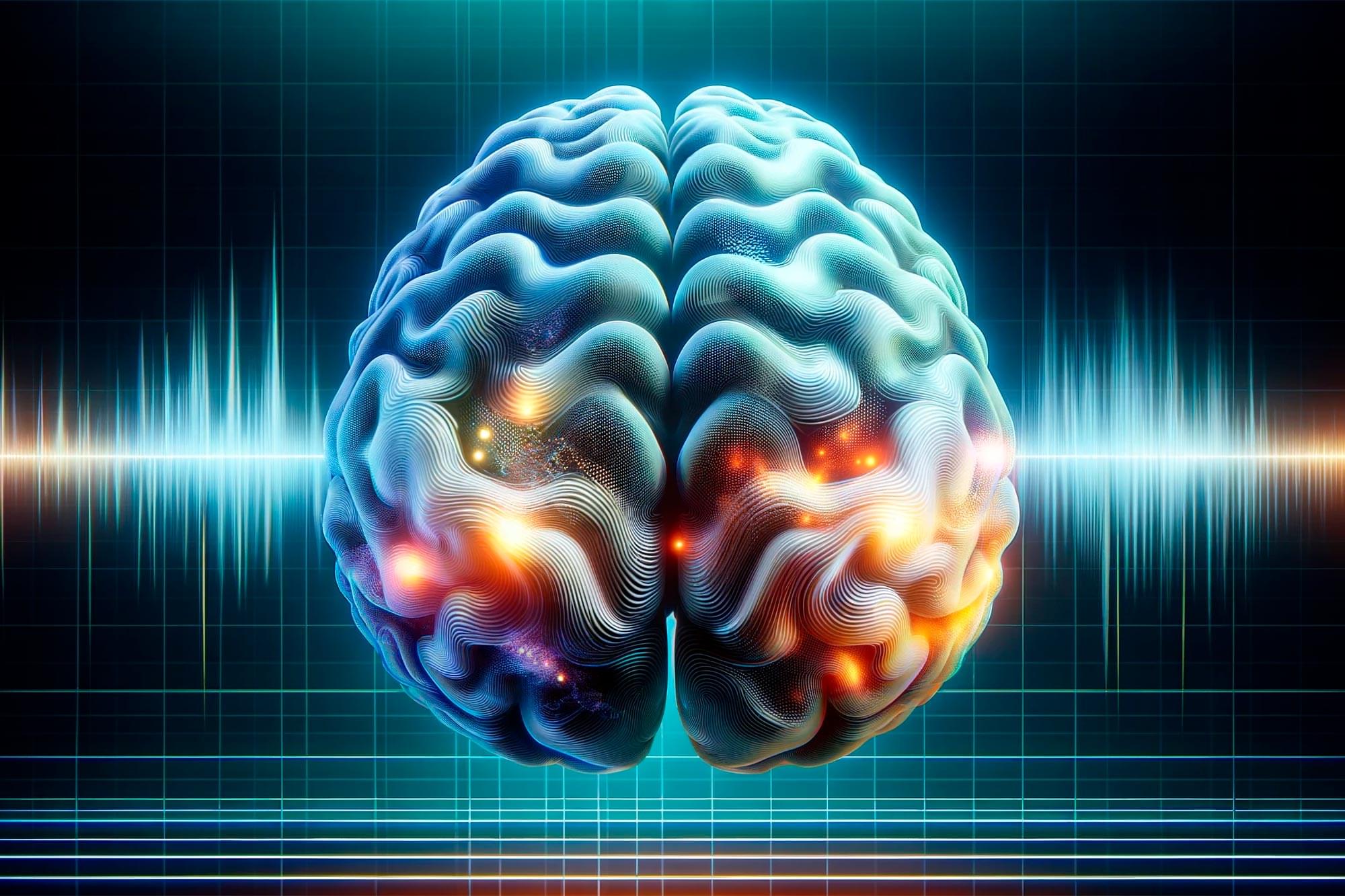A recent study challenges the effectiveness of microdosing LSD for treating ADHD. Despite self-reported improvements, the clinical trial found no significant difference between low-dose LSD and placebo in reducing ADHD symptoms.





As aging bodies decline, the brain loses the ability to cleanse itself of waste, a scenario that scientists think could be contributing to neurodegenerative conditions such as Alzheimer’s disease and Parkinson’s disease, among others.
Now, researchers at Washington University School of Medicine in St. Louis report they have found a way around that problem by targeting the network of vessels that drain waste from the brain. Rejuvenating those vessels, they have shown, improves memory in old mice.
The study, published online in the journal Cell, lays the groundwork to develop therapies for age-related cognitive decline that overcome the challenges faced by conventional medications that struggle to pass through the blood-brain barrier to reach the brain.


Sleep is known to contribute to the healthy functioning of the brain and the consolidation of memories. Past psychology research specifically highlighted its role in retaining episodic memories, which are memories of specific events or experiences.
Researchers at Rotman Research Institute at Baycrest Academy for Research and Education, University of Toronto and other institutes recently carried out a study to better understand the extent to which sleep transforms how we remember real-world experiences over time and what processes could underpin this transformation. Their findings, published in Nature Human Behaviour, suggest that sleep actively and selectively improves the accuracy with which we remember one-time real-world experiences.
“My lab studies real-life memory such as the memory of events that occur as part of daily experiences,” Brian Levine, senior author of the paper, told Medical Xpress. “We are interested in how these memories are transformed over time and why some elements are remembered while others are forgotten. This is hard to do with naturalistic events in peoples’ lives where we have no control over what happened. So we set up the Baycrest Tour as a controlled but naturalistic event that we could use to test memory.”

A new imaging technique is helping ultra-powerful MRI scanners detect tiny differences in the brains of patients with treatment-resistant epilepsy. In a groundbreaking study, doctors at Addenbrooke’s Hospital in Cambridge used this approach to identify hidden brain lesions, allowing them to offer patients surgery that could cure their condition.
7T MRI scanners, named for their use of a 7 Tesla magnetic field, which is more than twice as strong as the 3T scanners commonly used, have previously struggled with signal blackspots in key areas of the brain. However, researchers from Cambridge and Paris have developed a technique that overcomes this issue, as detailed in a study published today (March 21) in Epilepsia.
The challenge of treating focal epilepsy.


Mechanism of neuroinflammation protection by astrocytes.
How astrocytes controls neuroinflammation is not clearly understood.
The researchers demonstrate that the upregulation of basic leucine zipper ATF-like transcription factor (BATF)2 downstream of IFNg regulates the inflammatory potential of astrocytes during neuroinflammation.
In vivo evidence suggests that BATF2 limits CNS autoimmunity and the expression of IFNg-driven inflammatory mediators.
Mechanistically, BATF2 binds and prevents the overexpression of IFN regulatory factor (IRF)1 and IRF1 targets such as caspase-1. Batf2−/− mice exhibit exacerbated clinical disease severity in a murine model of central nervous system autoimmunity and express increased astrocyte-specific IRF1 and caspase-1, suggesting an amplified IFN response in vivo.
They also demonstrate that BATF2 expressed primarily in astrocytes within multiple sclerosis lesions and that this expression is colocalized with IRF1.
These data suggest that BATF2 contributes to protective mechanisms in astrocytes during chronic neuroinflammation. https://sciencemission.com/BATF2-and-neuroinflammation

Additional experiments revealed that mice given access to an exercise wheel or treated with antidepressants also exhibited increased CB1 receptor levels in astrocytes. Furthermore, analysis of human brain tissue from the Douglas-Bell Canada Brain Bank indicated that individuals with major depression had lower astrocytic CB1 receptor levels compared to those without depression or those who had received antidepressant treatment.
Implications for mental health interventions
These findings raise the possibility of developing treatments that selectively activate CB1 receptors in astrocytes to mitigate anxiety and depression. However, the challenge remains in limiting activation to astrocytes, as prolonged CB1 receptor stimulation in neurons can lead to side effects affecting alertness, anxiety and appetite. Until targeted pharmacological interventions become available, engaging in physical activity may help protect against stress-related mental health conditions by enhancing CB1 receptor expression.